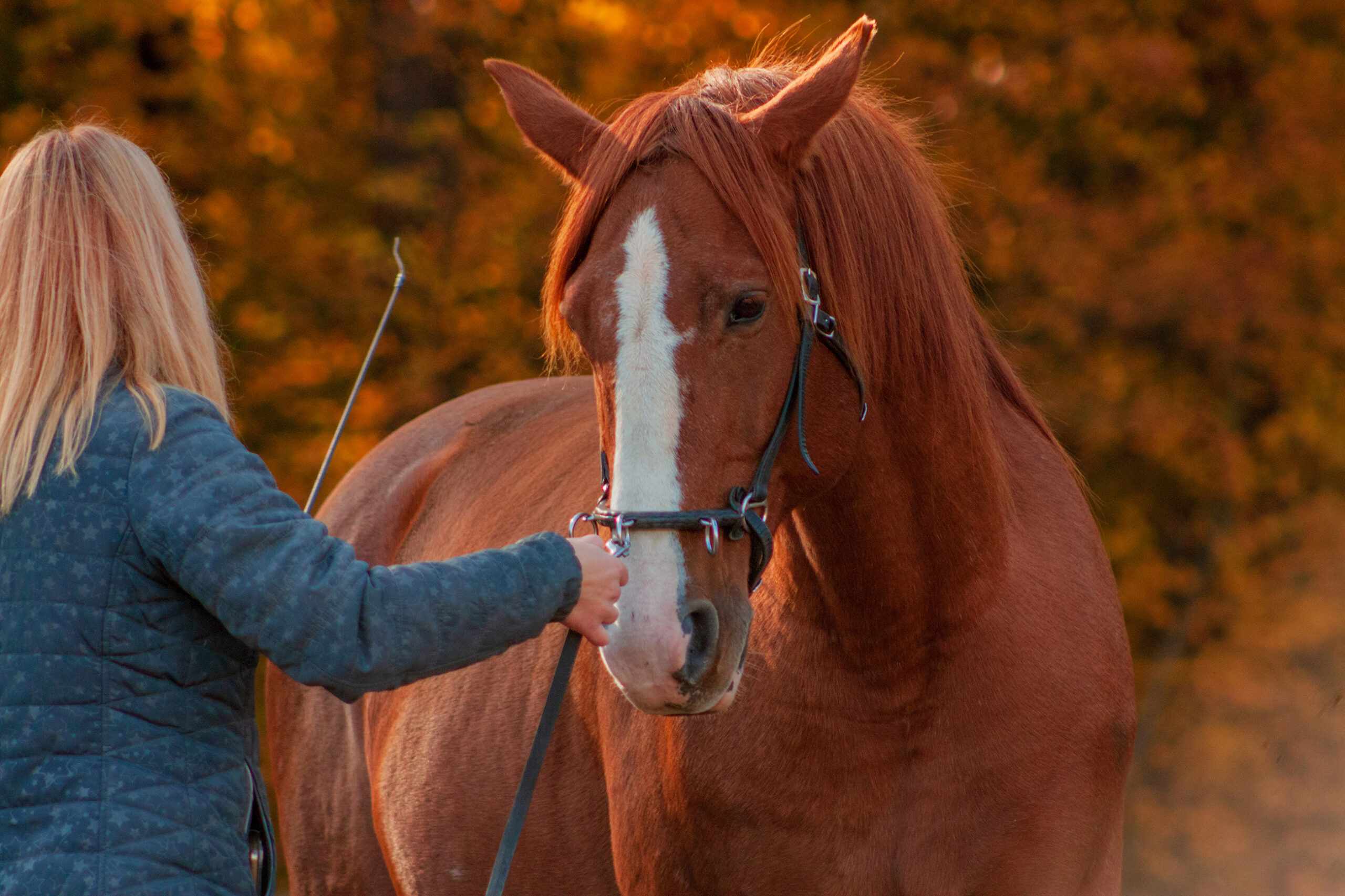[ad_1]
Negative reinforcement is a useful training technique. It calls for applying painless pressure to a horse, then removing it when he responds correctly. The “reward,” in other words, is the cessation of the unpleasant stimulus.
Although negative reinforcement can be effective, it needs to be used with care and caution. In particular, keep in mind the following four risks.

It’s easy mess up the timing
Removing pressure the instant a horse responds correctly is key to effective use of negative reinforcement in training. Getting this right can be extremely challenging, however, especially when you are trying to time the application and release of pressure while also focusing on your seat, legs, and other cues.
It can encourage the wrong behavior
If you accidentally reinforce an incorrect response from your horse, you will teach him the wrong thing. Take, for example, a case where you’re trying to teach your horse to turn with light rein pressure but you inadvertently pull the rein too hard. Your horse may turn sharply, and if you release the pressure as you come off balance, you’ve just rewarded that sudden, sharp turn. Now your horse thinks that’s what you wanted.
It won’t build trust and partnership
Negative reinforcement teaches a horse to simply obey cues, without creating that deeper bond. While obedience is important, a horse that happily works with you because he trusts you is far more pleasant to ride.
It can slip into punishment:
There’s a fine line between pressure that’s merely inconvenient, and pressure that’s painful or damaging. Even experienced trainers can cross that line accidentally. For amateur riders, it’s all too easy to unintentionally use negative reinforcement in a way that causes fear or pain.
[ad_2]
Source link
